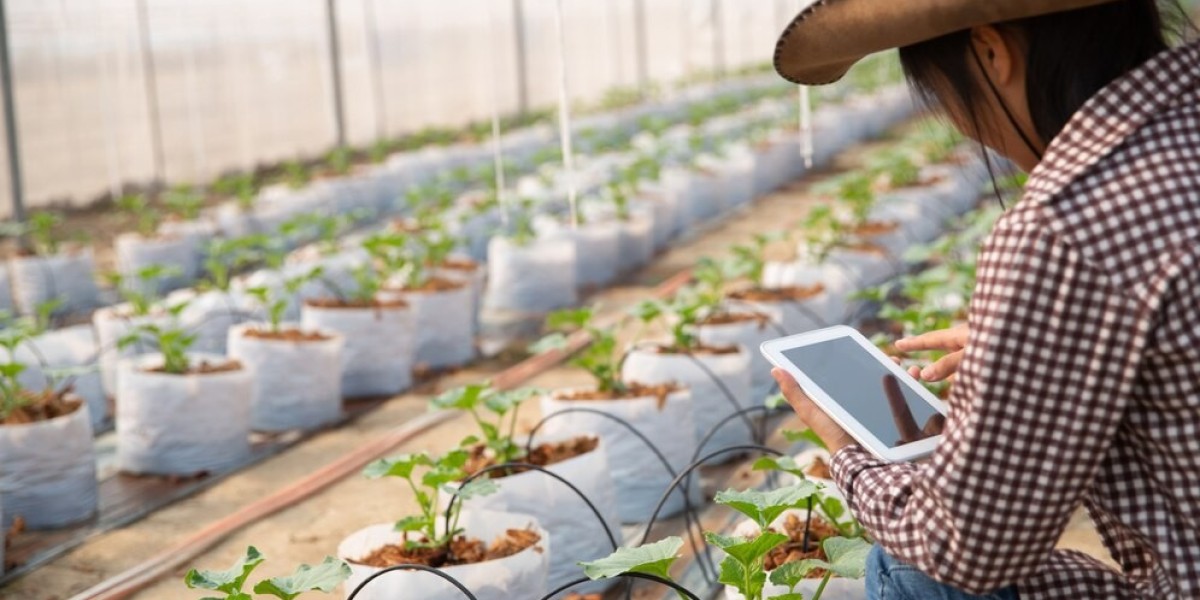The biostimulants market has evolved significantly over the last few decades, responding to the growing global demand for sustainable agricultural practices. Biostimulants, which include natural and synthetic substances, microorganisms, and extracts, enhance plant growth, improve resilience to environmental stresses, and boost overall crop productivity. This evolution is a result of various factors including advances in biotechnology, changing regulatory landscapes, consumer demand for organic food, and the pressing need to combat climate change. As agriculture faces new challenges, biostimulants are gaining increasing recognition as a key tool to drive sustainable farming.
1. Technological Advancements in Biostimulants
Technological advancements have played a pivotal role in the evolution of the biostimulants market. Over the years, new biotechnological methods have enabled the production of more effective and targeted biostimulant formulations. From microbial-based biostimulants to plant-derived products, innovations in biotechnology are creating solutions that are highly specific to the needs of different crops. Microbial biostimulants, in particular, have become a dominant segment within the market. These include beneficial microorganisms like bacteria, fungi, and algae, which improve soil health, promote nutrient availability, and enhance plant resistance to pests and diseases.
2. Customization for Crop-Specific Needs
The evolution of the biostimulants market has also led to the development of more specialized products. Today, biostimulants are being customized for specific crops and farming environments. Research in plant physiology and crop genetics has provided deeper insights into how different crops respond to biostimulants, leading to formulations that maximize growth, yield, and stress tolerance. For example, biostimulants designed for cereals will differ from those designed for fruits or vegetables, reflecting the unique needs of each plant type. This customization allows for more effective and efficient applications, further driving the growth of the market.
3. Integration with Precision Agriculture
One of the most notable evolutions in the biostimulants market is the integration of biostimulants with precision agriculture technologies. The use of drones, satellite imaging, and sensor technologies allows farmers to apply biostimulants in a targeted and precise manner. Precision agriculture techniques ensure that biostimulants are applied where they are most needed, reducing waste and maximizing their effectiveness. This integration is particularly useful in large-scale farming operations, where optimizing input usage is critical for maintaining profitability while adhering to sustainability goals.
4. Regulatory Advancements and Standardization
Regulatory changes have also played a key role in the evolution of the biostimulants market. In recent years, there has been a global push to standardize the classification and approval processes for biostimulants. In Europe, biostimulants are now officially recognized as a distinct category of agricultural products, which has led to more clear and transparent regulatory guidelines. This shift has facilitated the entry of more biostimulant products into the market, while also encouraging investment and innovation in the sector. Similar regulatory frameworks are being developed in other regions, allowing for smoother market access and faster adoption.
5. Consumer Demand for Sustainability and Organic Farming
The increasing consumer demand for organic and sustainably produced food has also driven the evolution of the biostimulants market. As consumers become more conscious of the environmental impact of conventional farming, there is a growing preference for natural, chemical-free agricultural inputs. Biostimulants offer an eco-friendly alternative to synthetic fertilizers and pesticides, making them a key component of organic farming systems. This shift towards organic and sustainable farming is expected to continue to fuel the growth of the biostimulants market.
6. Future Outlook
Looking ahead, the biostimulants market is expected to continue evolving as new research and technological advancements open up new possibilities. The continued focus on sustainability, climate change mitigation, and organic farming will drive demand for biostimulants in the years to come. As the market matures, further product diversification and improved regulatory frameworks will likely encourage even more widespread adoption of biostimulants in both developed and emerging markets.



